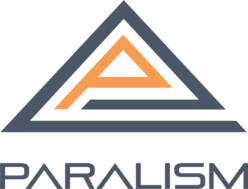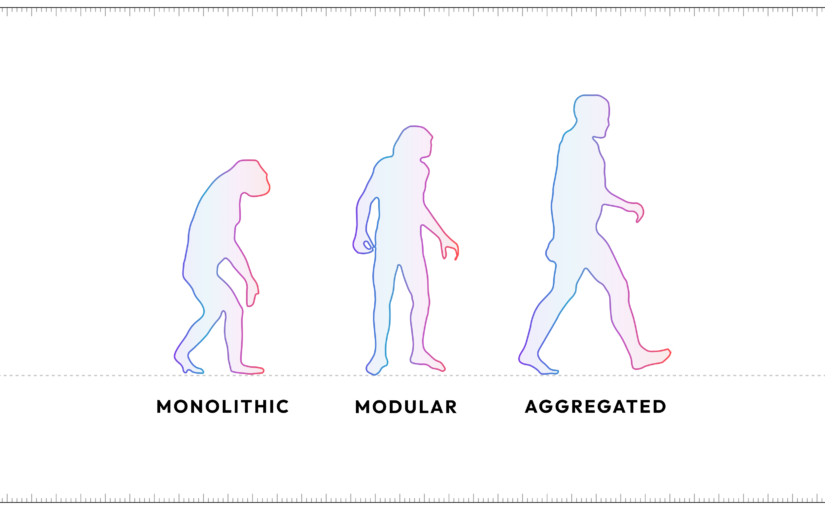On August 22, Polygon announced that it will upgrade its mainnet on September 4 and migrant its native token Matic to POL. Subsequently, several major exchanges announced their support for this upgrade, delisting Matic and listing POL. As a result, Polygon has once again come into the public eye. Over the past year, BTC rose from over $20,000 to over $70,000 at its peak, while Matic increased from over $0.50 to $1.20 but has recently fallen below $0.50. As an Ethereum Layer 2 solution dedicated to addressing scalability issues, Polygon’s past achievements are undeniable. Even during the bear market of 2022 and 2023, it saw the second-largest increase in developer numbers just after Ethereum.
So, let’s take this opportunity to study Polygon once again.
Polygon Ecosystem Overview
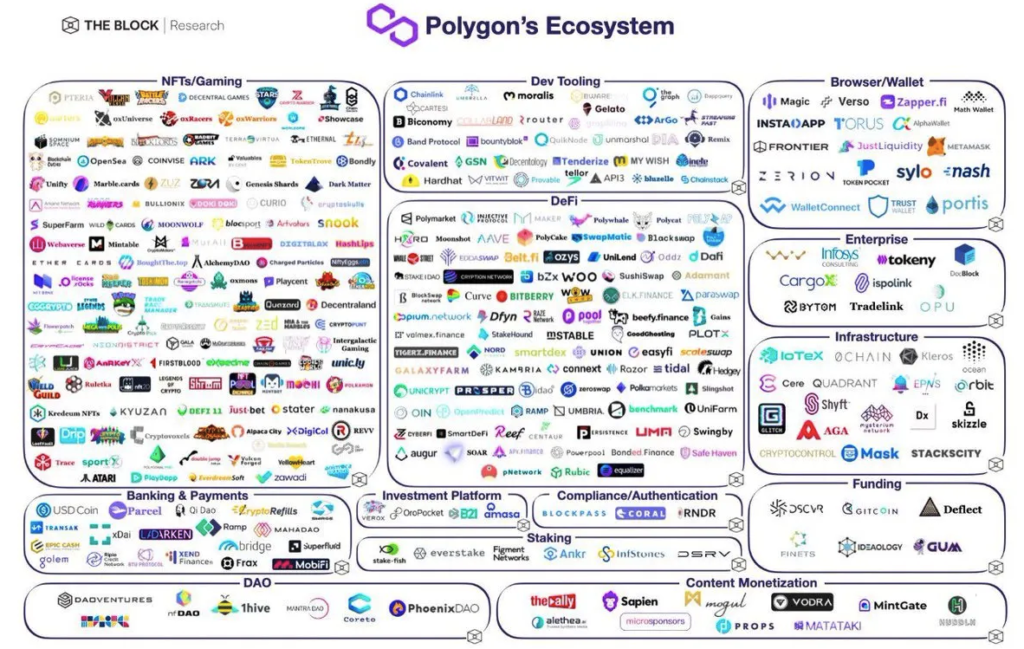
Core Features of Polygon
Layer 2 Scalability Solution
Polygon provides Ethereum with a Layer 2 scalability solution through the use of sidechains and Rollup technologies. This enables users to conduct transactions with lower costs and faster speeds without compromising decentralized (still questionable) security. Each transaction incurs only a minimal fee, making Polygon the preferred platform for many users and projects.
Multichain Architecture
Polygon features a multichain architecture, aiming to be the “Internet of Blockchains.” It achieves this through an interoperable multichain framework that allows different blockchains to interoperate within the Polygon network, supporting parallel processing of large amounts of data, thereby improving chain scalability and TPS (Transactions Per Second).
Developer-Friendly
Polygon provides developers with a wide set of tools, including the Polygon CDK, a modular and flexible development kit that allows launch new L2 chains on Ethereum or, with the Type 1 prover, transition existing Layer 1 (L1) chains into L2s.
Improved PoS Consensus Mechanism
Polygon also secures its network by staking its native tokens. However, Polygon’s architecture combines Plasma with the block production and verification process divided into two distinct layers, saving verification time, achieving higher TPS, while ensuring high compatibility with Ethereum.
Popular Projects in the Polygon Ecosystem
- AAVE:https://aave.com
- SushiSwap:https://sushi.com
- CurveFinance:https://curve.fi
- Opensea:https://opensea.io
- Decentraland:https://decentraland.org
- Chainlink:https://chain.link
- The Graph:https://thegraph.com
Polygon AggLayer
In January of this year, Polygon proposed the launch of AggLayer- aggregation layer, an in-development interoperability protocol that allows for trustless, cross-chain token transfers and message-passing, as well as more complex operations. The safety of the AggLayer is provided by ZK proofs. Here we see Polygon’s ambition; they also hope to establish a Web 3.0 traffic gateway to attract more users and developers.
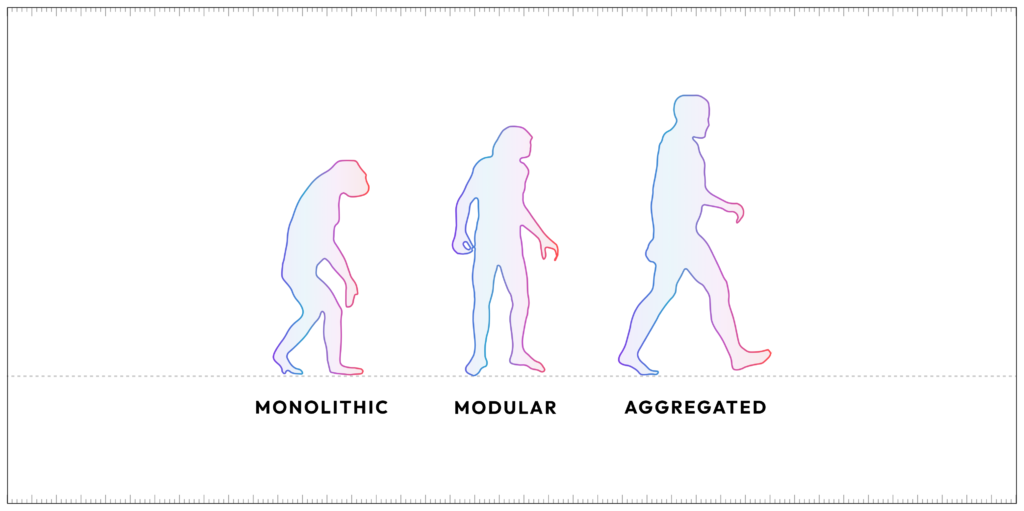
Aggregating Multiple Scalability Solutions
AggLayer integrates various Layer 2 scalability solutions such as Optimistic Rollups, ZK-Rollups, Plasma, and other sidechain technologies, allowing different scalability solutions to work seamlessly within the Polygon network. This allows users and developers to choose the most suitable scalability technology according to their specific needs to achieve optimal performance and cost-effectiveness.
Enhancing Transaction Processing Capabilities
AggLayer is designed to significantly improve transaction processing speed by parallel processing and data aggregation, reducing network congestion. This is particularly useful for handling high-frequency transactions in dApps (decentralized applications) and DeFi (decentralized finance), ensuring smooth execution.
Further Reducing Transaction Costs
By aggregating different scalability solutions, AggLayer can effectively distribute network load, reduce the burden on individual scalability layers, thereby further reducing transaction costs.
Cross-Chain and Cross-Layer Interoperability
AggLayer is not limited to the Polygon ecosystem; it also supports cross-chain and cross-layer interoperability. This means it can interact with other blockchains (such as Ethereum) and different Layer 2 solutions, providing cross-chain asset transfers and data-sharing capabilities.
Improving Developer Experience
AggLayer simplifies the process for developers to build and deploy applications on Polygon by offering a unified set of development tools and APIs. It reduces the complexity of integrating multiple scalability solutions, allowing developers to focus on innovation in application functionality rather than on the technical details of scalability.
Conclusion
In fact, when Polygon first proposed its Ethereum scalability solution, concepts like Rollup and ZK were not as prevalent as they are now, and they were already being applied. As one of the earliest Ethereum Layer 2 solutions, Polygon’s scalability solution is largely in line with mainstream trends. However, we can also pay attention to other scalability projects and solutions. We believe that parallel architectures can better solve scalability and security issues, significantly improving transaction throughput.
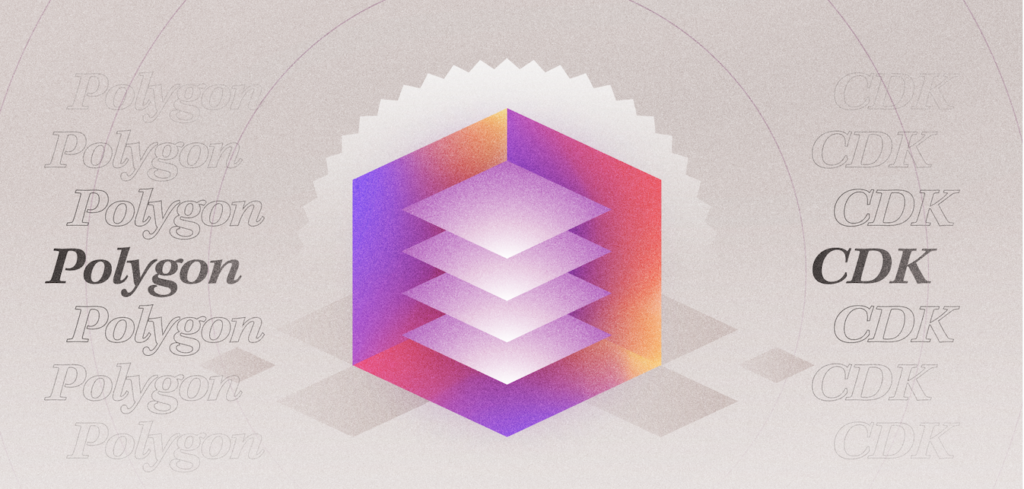
Although Polygon’s security and centralization issues have long been criticized, with it being the chain with the second-highest losses after Ethereum due to attacks, and concerns about the founders’ excessive control affecting assets worth over $2 billion. However, from another perspective, this also proves the popularity of the chain.
We look forward to seeing more positive changes brought to the ecosystem after Polygon’s upgrade.
References
